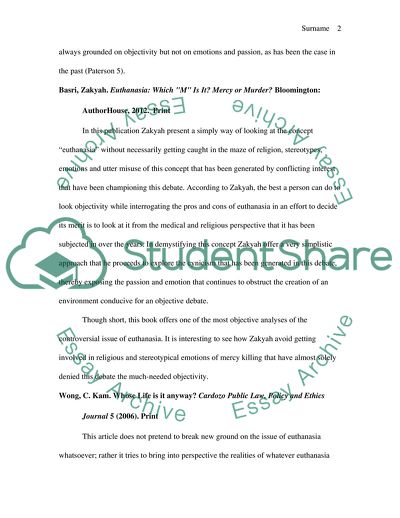Cite this document
(Analysis of Articles about Euthanasia Annotated Bibliography, n.d.)
Analysis of Articles about Euthanasia Annotated Bibliography. Retrieved from https://studentshare.org/social-science/1771921-collaborative-scholarly-journal
Analysis of Articles about Euthanasia Annotated Bibliography. Retrieved from https://studentshare.org/social-science/1771921-collaborative-scholarly-journal
(Analysis of Articles about Euthanasia Annotated Bibliography)
Analysis of Articles about Euthanasia Annotated Bibliography. https://studentshare.org/social-science/1771921-collaborative-scholarly-journal.
Analysis of Articles about Euthanasia Annotated Bibliography. https://studentshare.org/social-science/1771921-collaborative-scholarly-journal.
“Analysis of Articles about Euthanasia Annotated Bibliography”. https://studentshare.org/social-science/1771921-collaborative-scholarly-journal.


